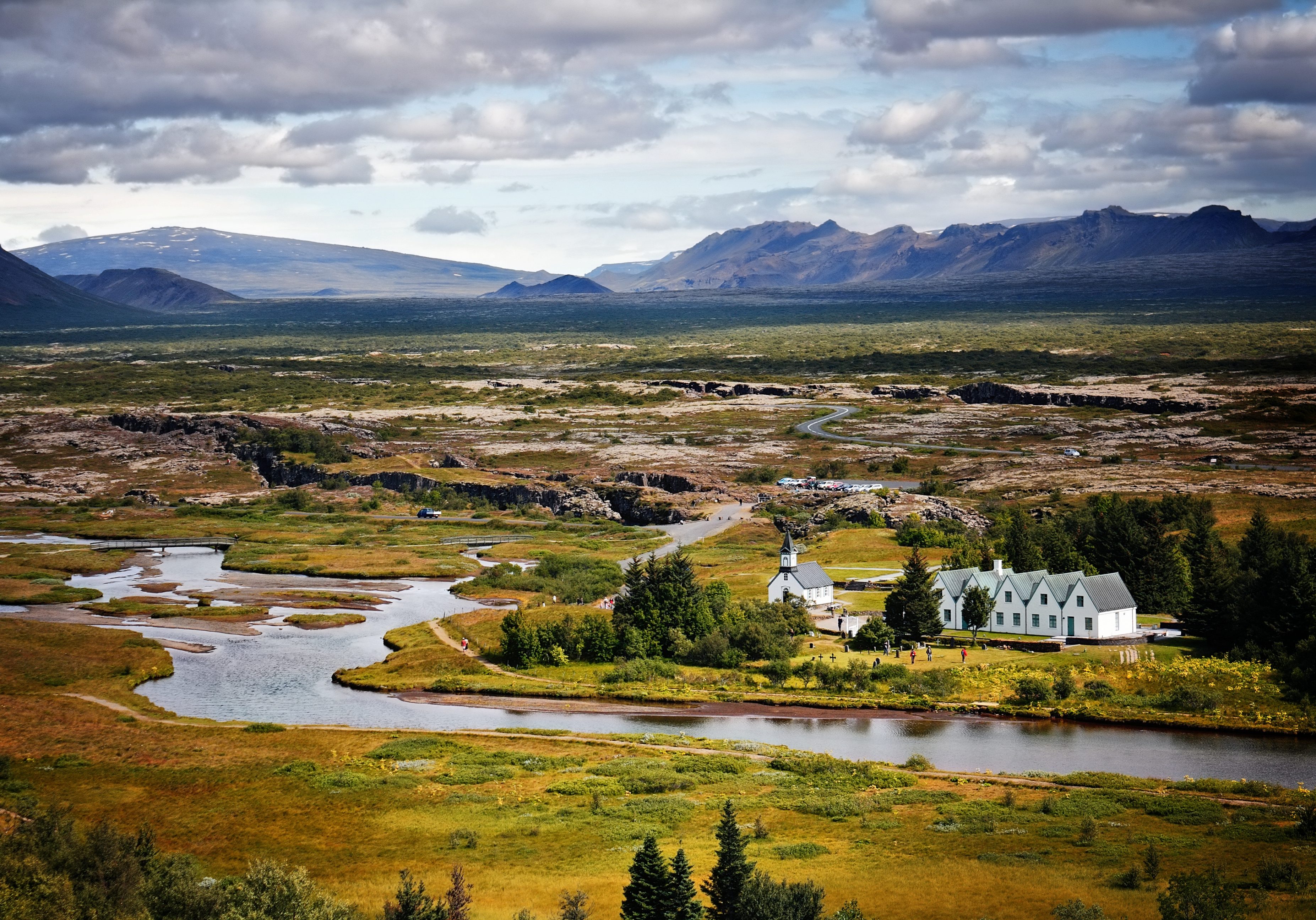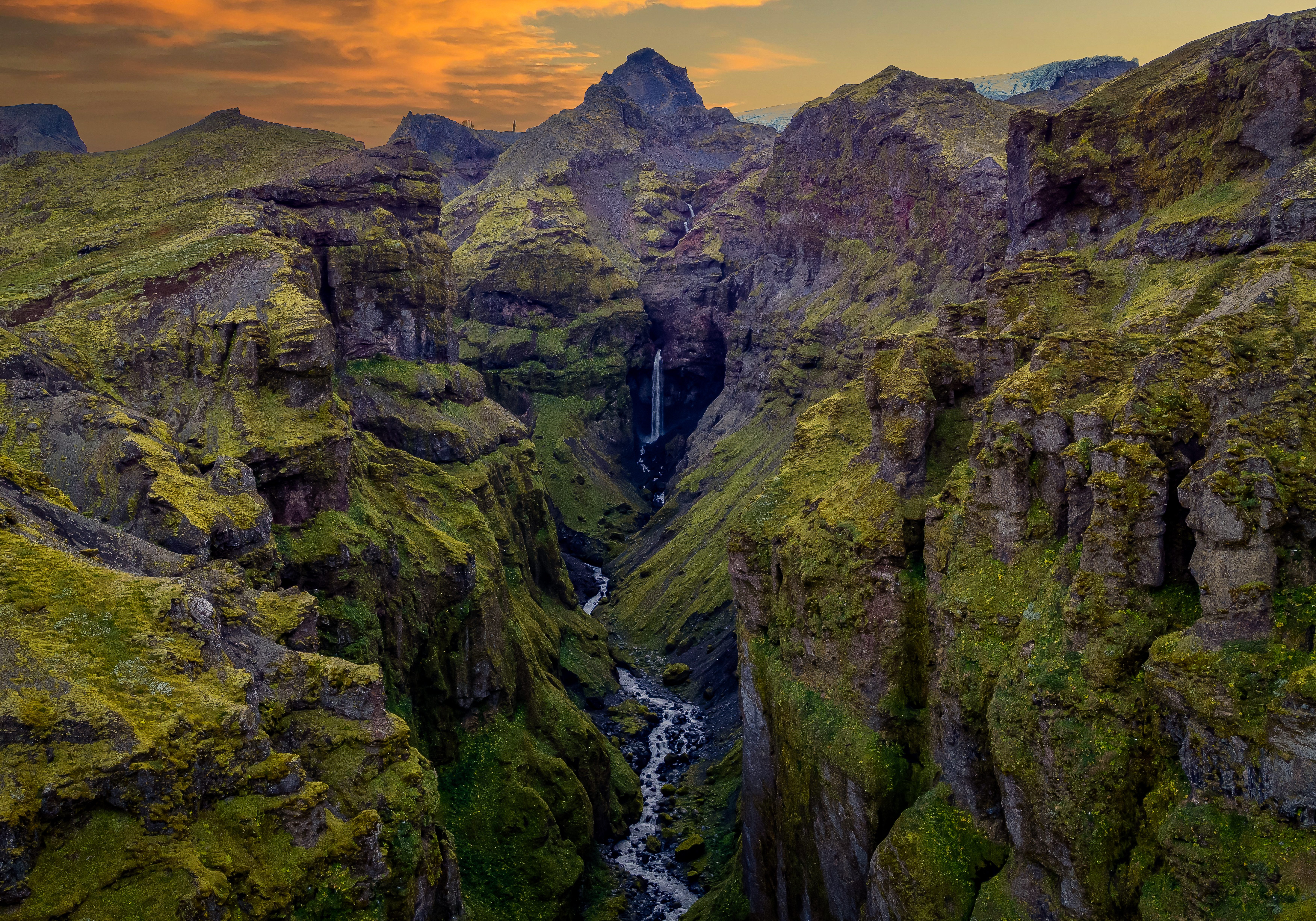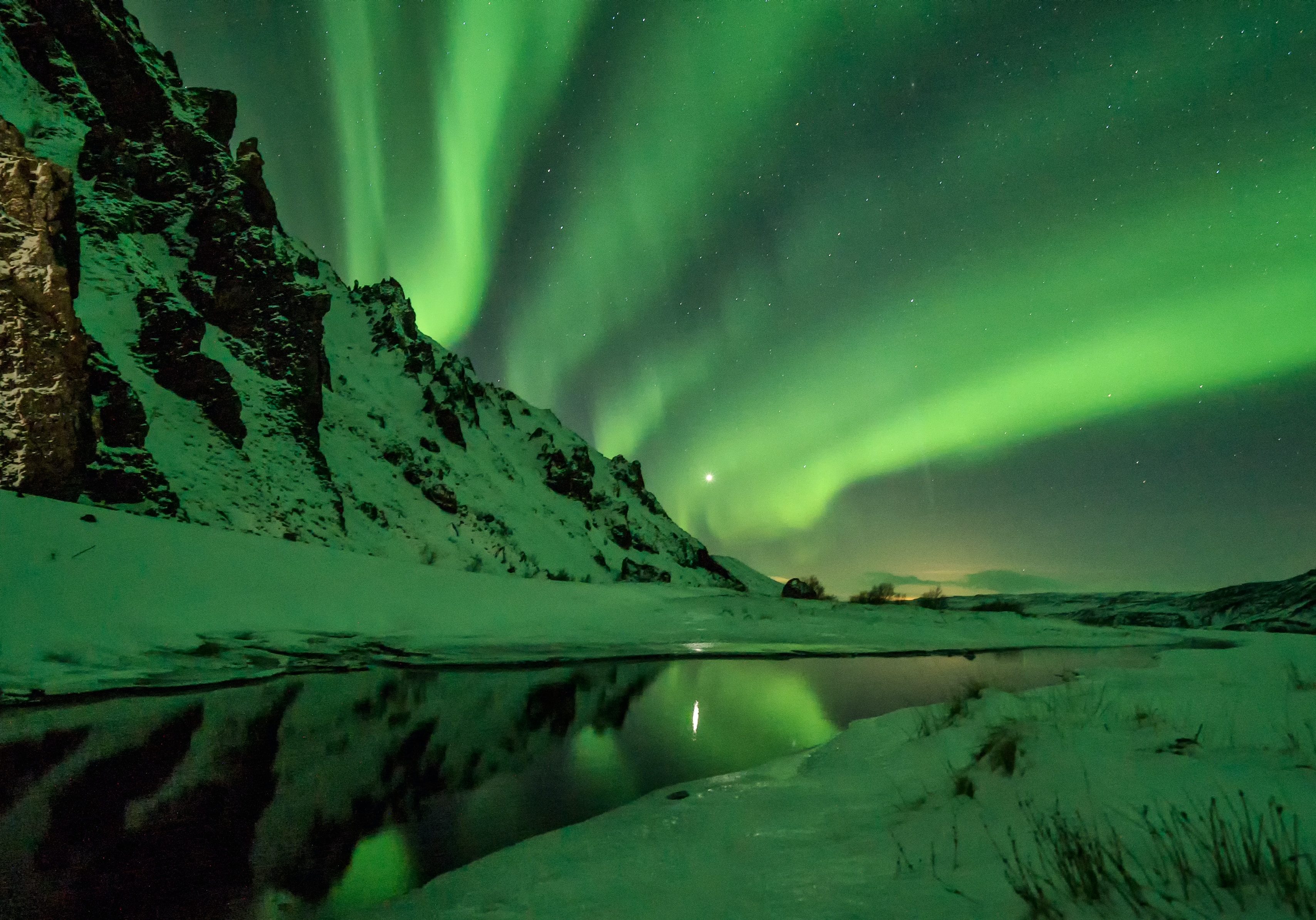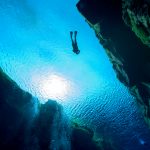ABOUT ICELAND
Iceland is a geologically young land. Located on a rift between tectonic plates, Iceland's geologic activity includes geysers and frequent volcanic eruptions. The interior consists of a volcanic plateau characterised by sand and lava fields, mountains, and glaciers, and many glacial rivers flow to the sea through the lowlands. Iceland is warmed by the Gulf Stream and has a temperate climate, despite a latitude just south of the Arctic Circle. Its high latitude and marine influence keep summers chilly, and most of its islands have a polar climate, therefore it is often nicknamed the land of Ice and Fire.
According to the ancient manuscript Landnámabók, the settlement of Iceland began in 874 AD when the Norwegian chieftain Ingólfr Arnarson became the first permanent settler on the island.
| Capital | Language | Monetary Unit | Population | Area | Time Zone | Passport / Visa |
|---|---|---|---|---|---|---|
| Reykjavík | Icelandic | Icelandic króna (ISK) | 387,800 | 102,775km2 | GMT | No Visa |
A LAND OF ADVENTURE
Twice the size of Switzerland but with a population that is smaller than the city of Edinburgh, Iceland is Europe’s least densely populated country, but holds some of the most exquisite scenery in the world. Its huge expansive space is anything but empty. Vatnajökull is Europe's largest national park which covers 13,600 sq km (5,300 sq mi). It covers nearly 14% of Iceland's entire surface area and is home to Europe's largest glacier outside the Arctic as well as Europe's most powerful waterfall, the titanic Dettifoss.
It has a landscape covered with geothermal activity which is constantly changing in front of your eyes, lava oozing from volcanoes and exploding geysers.
You can go multiday hiking, wild camping on the lava fields, venture to the Geysir Hot Springs or dive down to the parting tectonic plates located in Thingvellir National Park. Think of an activity and you can do it, including walking down into a Volcano magma chamber at Thrihnjukagigur. This landscape never sits still and is perfect for any adventurer.




THE GOLDEN CIRCLE
Moving away from Reykjavik you will find waterfalls tumbling over rugged terrain. Endless lava fields hint at hidden volcanoes; whose subterranean peaks skulk beneath glaciers, which in turn break off in great chunks drifting across sheltered lagoons. Breathtaking fjords lined with snow-capped mountains add yet more drama, while pretty churches and isolated turf houses contribute a sense of scale. The swathes of black sand rival any along the world’s greatest coastlines.
Most tourists explore the ‘The Golden Circle’ loop. This is a scenic circular drive that starts and ends in Reykjavik covering three natural attractions: Thingvellir National Park, the Geysir geothermal area, Gullfoss waterfall and Kerid Crater. It is 300km that can be driven over three days. Whilst undoubtedly beautiful, there are other gems away from the crowds, which are also worth viewing and travelling to.
VENTURE OFF THE BEATEN PATH
On the eastern side of the country lies the Stuðlagil gorge. This is a recent discovery caused by the Kárahnjúkar Hydropower Plant lowering the waters of the local Jokla River in 2009. As the water levels receded by 9m a stunning gorge was revealed. The walls (30m high) are lined with weathered hexagonal basalt columns which frame the vivid turquoise waters flowing below. Having appeared in the Game of Thrones, people go to take pictures. Most will only go to the viewing platform, but you can walk to the canyon following a 9km trail which takes you to the water's edge.
For the surfers with 5000 km of coastline to explore, Iceland presents a rare opportunity to surf virgin territory. Reykjanes peninsula lies an hour southwest of Reykjavik, ringed by volcanic reefs and with sheltered beaches it is the perfect spot for surfing. Surf camps can be found at Sandvik beach. The best time for surfing is between September and November, though the summer has better daylight hours.



AT ONE WITH THE WILDERNESS
Driving Southeast and past Vik will lead you towards Thakgil. There is no public transport to this location and an offroad vehicle is a must. Thakgil is made of spiky green canyons, icy rivers, black sand, volcanoes and glaciers, it is a wonderful place to hike and being away from the crowds, you can freely roam and discover its tranquillity, whilst able camp at Þakgil.
To the West sits Snaefellsjokull National Park, which has a huge 1446m volcano and glacier alongside the old lava fields. You will also find the renowned 55km Laugavegur Trail. It is unusual to find so much variety in the landscape. The trail goes through incredibly colourful rhyolite mountains, black obsidian lava plains, wheezing hot springs, lakes clear as a mirror, black sandy desert and ending in a forest. It takes 3 days to complete and a must for any hiker.
To the Northwest at the top of the country lies a remote Nature Reserve called Hornstrandir. It is often viewed as Europe’s last true wilderness with the mountainous interior edged by a string of campgrounds, huts and hostels, the reserve is all but uninhabited. The last residents moved out of Hornstrandir in the 1950s when it became too hard to make a living, but what they left behind is wild and beautiful. It is home to Iceland’s largest population of Arctic foxes; they can be surprisingly inquisitive.




THE NORTHERN LIGHTS
This is something on everyone’s bucket list and I was lucky to see them every night for a month in Canada. They are both mesmerising and beautiful to watch as they dance and weave their way across the night and early morning skies. They are caused by solar particles entering the Earth’s magnetic field and ionizing high in the atmosphere. The ionization gives them their colours, usually green, but occasionally purple, red, pink, orange, and blue.
The best time to see the northern lights in Iceland is between September and April. While you can occasionally see them towards the end of August, but the lingering sunlight makes them very faint. The general rule is that the darker it is, the better for seeing the vibrant colours of the aurora. Iceland is very dark in the winter, reaching up to twenty hours of darkness during and around the winter solstice, which occurs on December 21 each year. Iceland runs the aurora forecast. It is on a scale of one to nine, and anything above three is good for viewing.
The lights can be viewable from anywhere in Iceland, with most people heading to Thingvellir National Park in the south, Asbyrgi canyon in the north, and Kirkjufell mountain in the west.



DIVING THE SILFRA RIFT
Level of Effort: 3/5
Take: Warm Clothing, towel and PADI Licence
Duration: 2 Days (1 of travelling)
When: May to August
Cost: £££
The Pingvellir National Park is a UNESCO World Heritage Site due to its natural and geological uniqueness. Sat within the park lies a body of water called the Silfra Rift, a crack in the earths crust where you can touch Eurasia in one hand and America in the other.
To do this, you must put on a dry suit and plunge into the cold waters. The waters are crystal clear and fed by glaciers surrounding the park through underwater wells and rivers. The rift sinks to 63m and divers enter the water from a launch platform at one end of the rift. Divers must go down a 16m narrow corridor to enter the Silfra Crack, where they then get flushed along the rift by glacial water from underground wells. Part of the experience takes you through the Silfra Hall caves at 45m and then onto the Silfra Cathedral, the most celebrated aspect of the dive. As you are pushed along between the basalt rock faces and across giant boulders following your guide, you exit in the Silfra Lagoon.
For those with no diving qualifications, you can still snorkel from the surface and stare through the transparent waters. It is an experience like no other.









EXPLORE ICELAND FROM HOME



